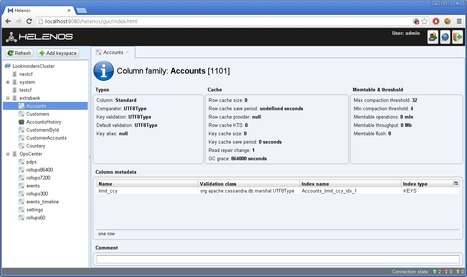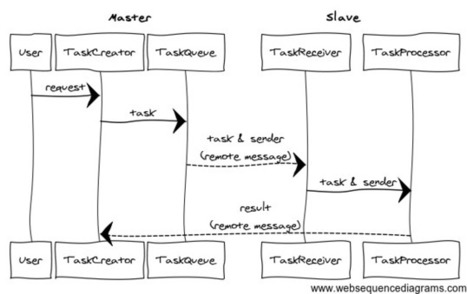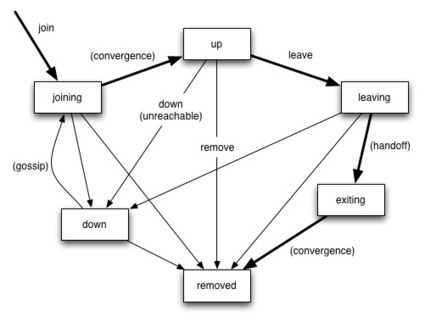Transcript condensed and edited from the original audio. Thanks to both Tim Pease and Grant Rodgers of Github for taking the time to answer these questions!
Research and publish the best content.
Get Started for FREE
Sign up with Facebook Sign up with X
I don't have a Facebook or a X account
Already have an account: Login
distributed architectures, big data, elasticsearch, hadoop, hive, cassandra, riak, redis, hazelcast, paxos, p2p, high scalability, distributed databases, among other things...
Curated by
Nico
 Your new post is loading... Your new post is loading...
 Your new post is loading... Your new post is loading...
No comment yet.
Sign up to comment
|
|
























Very nice story, with drama, suspens and happy ending